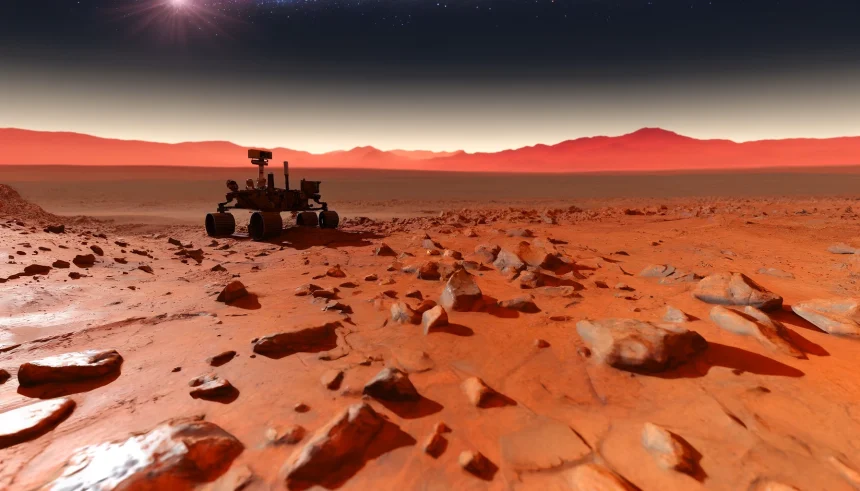The prevailing theory on the Moon’s formation involves a colossal collision between Earth and a Mars-sized body known as Theia. This event, occurring billions of years ago, not only led to the creation of our natural satellite but also played a crucial role in shaping Earth’s rotational characteristics. Insights into this cataclysmic event help scientists understand the intricate dynamics of our planet and its companion in space.
Past explanations for the Moon’s origin included theories of it splitting from Earth or being captured independently. Current evidence from the Apollo missions and Earth’s rotational properties strongly supports the giant-impact hypothesis. The substantial size of the Moon relative to Earth distinguishes our satellite from those of other rocky planets.
How Did The Giant Impact Affect Earth?
The collision with Theia significantly altered Earth’s rotational speed and axis. This massive impact provided the energy needed to eject vast amounts of debris into space, which eventually coalesced to form the Moon.
Why is the Moon’s Composition Significant?
Lunar regolith displays a similar elemental composition to Earth’s crust, indicating a shared origin. This similarity supports the theory that the Moon was formed from material blasted off Earth during Theia’s impact.
What Role Did Apollo Missions Play?
Apollo missions collected 400 kilograms of lunar samples, revealing the Moon’s composition. These findings provided crucial evidence for the giant-impact hypothesis by showing the elemental ratios akin to Earth’s crust.
Extending our knowledge of the Moon’s origin through the giant-impact hypothesis allows scientists to better comprehend not only Earth’s history but also the formation of other planetary systems. The alignment of Earth’s rotational characteristics and lunar composition with this theory underscores its validity. Future exploration and analysis of lunar materials may continue to refine our understanding of these early cosmic events.










